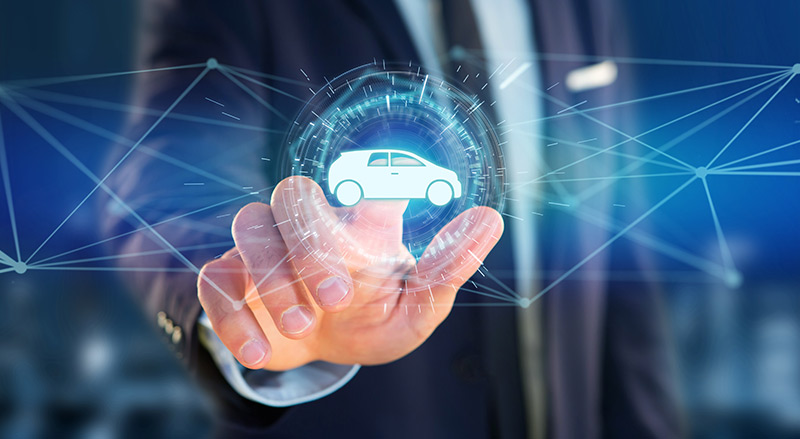While companies around the world are grappling with how best to integrate blockchain and other emerging technologies into their businesses, the automotive industry is taking it in its stride. This was a main panel discussion at the recent Technology of Tomorrow Conference in Warsaw, Poland.
The panel, which included Hannes Vogelmann (Product Manager at Škoda Auto) and Dr Agata Slater (Blockchain Consultant at IBM), focused on enhancing customer’s experience through third-party integration, data ownership and the tokenisation of data.
Vogelmann began the discussion by noting that the entire automotive sector is changing as new technologies such as autonomous cars, green energies, and new revenue models become commonplace. At the same time, customer expectations are changing as they expect more digital integration, better personal data management and a seamless user experience.
Slater noted that this is similar to what is happening in the general Internet space as web3 gathers adoption. She noted that web3 will act as a new iteration of the Internet that uses decentralised blockchain to create new business models, new services and new customer experiences. ‘web3 could meet the expectations of both customers and businesses in the automotive industry,’ she said.
Data trust and other benefits of blockchain and web3
Speaking directly on how Škoda is looking to use blockchain and web3 technologies, Vogelmann noted that data trust is key and that new types of digital ownership will allow customers to control what information of theirs is being held. This goes hand in hand with transparency as customers will be able to see exactly what data is being shared and who it is being shared with.
Another big change will see the onboarding and customer experience massively simplified, said Vogelmann. He added that web3 and blockchain will mean that the user experience is seamless across touchpoints, third-party services can be incorporated more efficiently, and there are more opportunities to collaborate at scale.
Lastly, Vogelmann said that these new technologies will also result in new experiences and services for customers. This includes enhancing the customer experience beyond the technical automotive process. ‘This is a competitive advantage that we would have besides being a traditional manufacturer, ‘ he said.
‘Real leverage comes with scale. The bigger the business ecosystem, the greater the value that can be unlocked by all stakeholders. It doesn’t help to onboard single partners into Škoda’s ecosystem – in the end, we have to find a common agreement and technological platform – only then can it be beneficial.’
Building an application ecosystem for the industry
Slater echoed this sentiment and noted that building an ecosystem is key for all enterprises – not just those in the automotive sector – but that it can be very difficult to grow this from the ground up. She added that the blockchain provides this ‘out of the box’ as companies can integrate and adopt new incentives, tokenisation and data monetisation.
‘We are looking at it from the foundational point of view. How can we convince a massive enterprise like Škoda to slowly enter this web3 space in a way that is compliant, shows the potential, but does not totally disrupt everything from an enterprise angle.’
Slater said that this includes a new data marketplace which connects third parties with drivers in a way that rewards the drivers. She added that this can only be done by incentivising drivers through tokenisation. Currently, this is set to take the form of a utility token which acts as a form of digital currency, for settling transactions within this ecosystem. This economy should be fully autonomous and programmable while also giving third parties a reason to participate.
Vogelman gave an example of an insurance company which rewards motorists for good driving. While similar systems already exist, the introduction of blockchain will allow users to directly specify which data they share and to who.
You can find out more about how Škoda and IBM are considering the adoption of web3 and blockchain technology in the video below:
